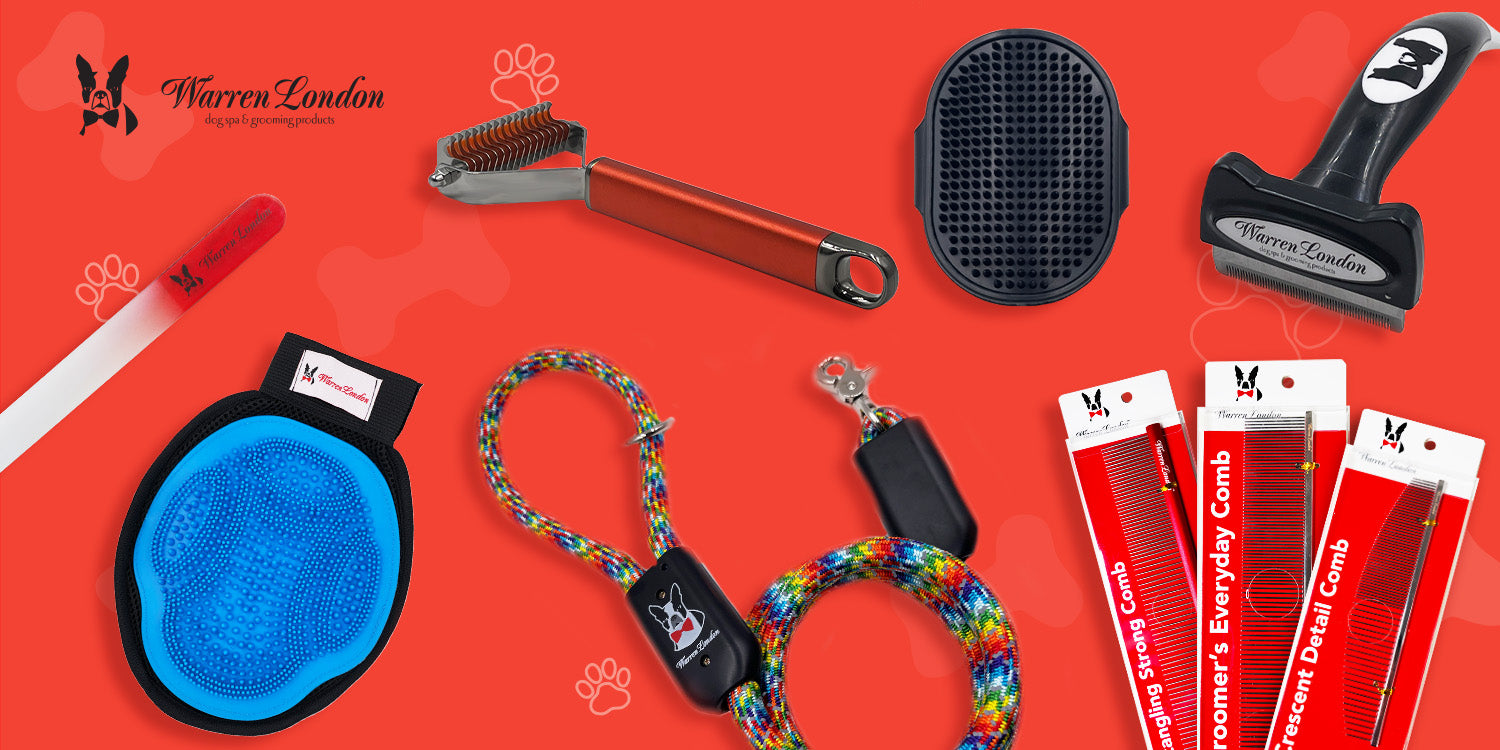For the two-legged members of your family, summer is typically a fun and joyous time, filled with plenty of outdoor activities like swimming, playing at the park and enjoying warm nights watching the stars. For the four-legged members of the family, summer has a more sinister meaning: the arrival of fleas and/or ticks. While these pesky critters can plague your pooch at other times of the year too, during the warm summer months they are especially common.

Fortunately, with the combination of proactively preventing ticks and fleas from attacking your dog and treating the ones that they already have, your dog can have a pleasant and comfortable summer, free of itchy bites. Check out the following ideas and info:
Fleas and Ticks 101
Fleas are the most common external parasite to plague domestic pets like dogs. They can live between around two weeks to a year and are capable of jumping two feet high. The most common species of flea is the cat flea — but don’t let the name fool you as they are just as happy to live on your dog. Ticks are also parasites, and are arachnids like spiders. Different species of ticks are found throughout the United States, including the brown dog tick. What these two parasites share in common is a thirst for your dog’s blood; they both feed on your pet’s blood and can cause them to be uncomfortable as well as possibly become anemic and ill from certain diseases.
Preventing Fleas and Ticks
In order to get rid of fleas and ticks, it’s important to know how they get in your home in the first place. Fleas are easily brought inside from the yard, and once they have set up shop on your dog, they will lay eggs in the fur. The eggs will then drop out onto the rugs and furniture and hatch, starting the flea life cycle all over again. Ticks are often found in tall brush, grass or wooded areas, and they will usually hop onto a dog who is outside and then get a ride indoors and start a life cycle like the flea. To make your home and dog as inhospitable as possible for fleas and ticks, wash your pup’s bedding once a week and keep the outside of your house free of leaves on the lawn and grass clippings. To keep the yard less attractive for ticks, keep it nice and short throughout the summer and remove tall weeds as soon as they show up. Vacuuming the home regularly can also help remove any eggs that are in the carpet; be sure to toss the vacuum bag after cleaning or empty the canister immediately. Also, consider hiring a professional pest control company to come in and treat the inside and outside of your property for fleas and ticks, as well as other wild animals that can carry pests into your yard.
Treating Dogs Who Already Have Fleas and/or Ticks
Dogs who have fleas and/or ticks can also benefit from topical and/or oral treatments including shampoos, sprays and medicine. Be sure to consult with your vet on the correct and safe way to use these products, as you don’t want to accidentally give your beloved dog too much anti-flea or tick medication. Many vets sell a monthly flea and tick treatment that you apply to the skin along your dog’s back, usually from the collar to the tail. Even if you do not want to use this medication all year, using it during the summer while also following the other tips can help keep the nasty little blood sucking insects and arachnids off your dog.


